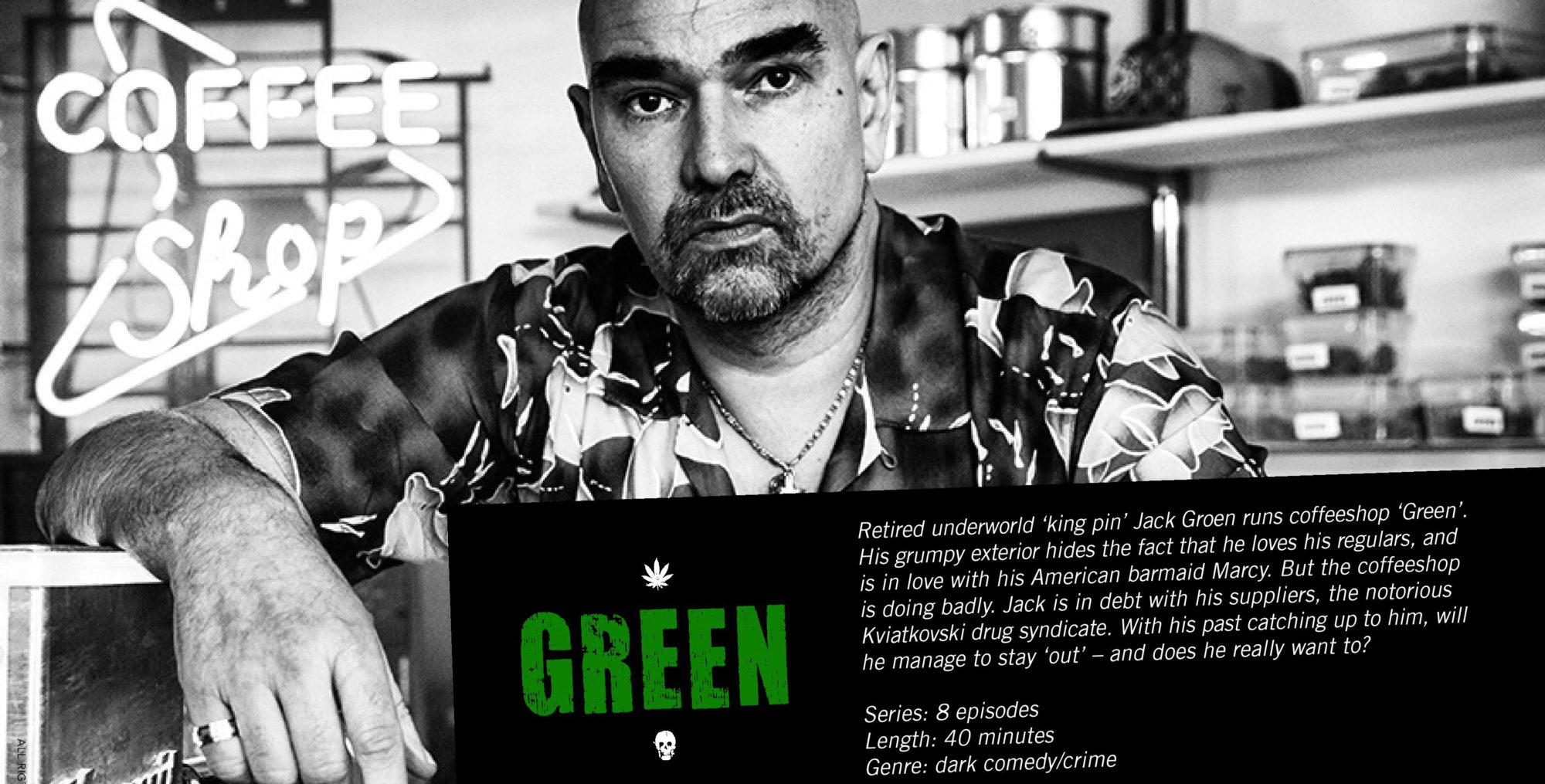I get it, but do I care?
In this psychological thriller/character study we follow the slow (!) unravelling of sect escapee Martha – or as the sect knows her: Marcy May. Martha is played convincingly if slightly lethargically by debutant Elizabeth Olsen.
After her escape from the communal farm out in the sticks, she stays with her estranged sister and brother in law, in a luxurious lakeside manse. Her meandering days there are intercut with flashbacks and dreams/nightmares of sectarian life.
Slowly but shurely we learn the nature of her trauma: a two year immersion in an abusive sect. Though well paced and accurately observed, the way the sect worked was to me almost like reading a text book on sectarian life. We never really see why the leader of the sect has such a following. He looks more like a burnt out hippie, if anything. There are some very strong moment though, but to venture into that would be to enter the forbidden land of spoilers.
Anyway, back at her safe house, Martha’s behaviour becomes increasingly erratic as she is unable to talk with her older sister about the trauma she has experienced. They share a troubled past themselves and it is left to older sis to despair: “why can’t we talk?” This, to me, was the most intriguing question of the movie.
All along you wait for the breakthrough moment. For me that was where the tension of the movie lay. And because it was such a waiting game, with neither character really seeming to want to achieve the goal, I found the film to be too slow. Trimming about 20 minutes out would have helped enormously and yet, it’s just plain difficult to make a movie tick when all the main character does is sulk – justified though the sulking may be.
As the movie enters the third act, thing liven up considerably, and you finally have the feelings that the action is headed in a direction. Which leads up to a – for me – frustrating ending. I left the theatre feeling that the moment the movie really began, it ended.
All in all a well made film, with some good parts, some good observation and strong dialogue, but not memorable. This is one you may just want to let slide on by.

